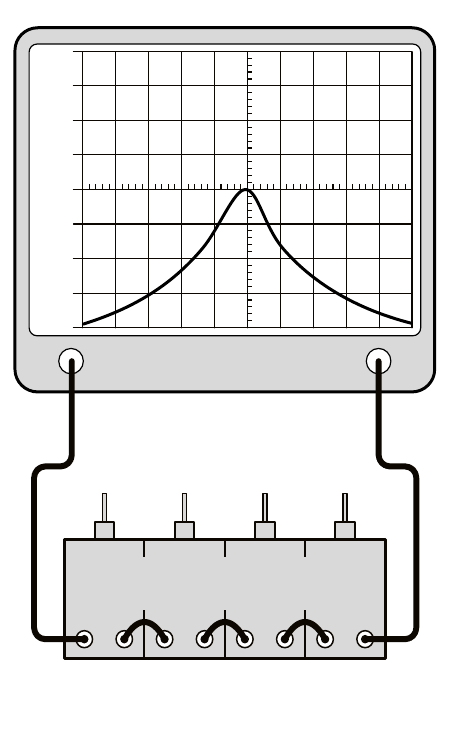User's Manual
Table Of Contents
- Installation and Operation Manual
- Table of Contents
- Introduction
- Installation
- Cautionary Notes
- Pre-RF Connection Tests
- OPERATION
- Signal flow
- System Components
- Field Adjustments
- Maintenance and Repair
- Recommended replacement parts
- Conversion Chart

61-38-05 UserMan page 22 of 38
TXRX Systems Inc. Manual 7-9408-1.2 07/25/05 Page 22
4) The amplifier assemblies
may have to be
retuned.
5) The length sensitive interconnect cables may
need to be changed.
If you are not sure about tuning the signal booster
system to new frequencies then contact your TX
RX Systems, Inc. representative. Our knowledge-
able engineering and sales staff are happy to dis-
cuss what it will take to tune your system to the
new frequencies.
Helical Preselectors
The helical preselectors are composed of four cas-
caded individual helical cavities. The cavities are
interconnected with critical length cables to synthe-
size a shaped response. This filter assembly can
not be tuned by tuning the individual cavities, the
assembly must be tuned as a whole. The band-
width of the filter is determined by the critical align-
ment of internal “reactive” components. Bandwidth
is therefore fixed by construction in this type of filter
The helical preselectors are pretuned at the factory
for a specific bandwidth and no attempt should be
made to adjust the bandwidth.
REQUIRED EQUIPMENT
A two channel network analyzer that simulta-
neously displays both transmission and reflection
is best for properly tuning a preselector. A single
channel tracking generator / spectrum analyzer
combination may be adequate but insure that it is
accurate enough to verify factory specifications. A
return loss bridge would also be required when
using a tracking generator / spectrum analyzer.
Skill and experience are also needed and the per-
sonnel doing the work should be thoroughly famil-
iar with the test equipment.
TUNING PROCEDURE
The following is an outline of the general proce-
dure.
1) Connect test equipment as shown in
Figure 11
.
2) Set the analyzer to the desired center fre-
quency and desired bandwidth.
3) Loosen the tuning rod locking nuts.
4) If the preselector is severely out of tune, set the
analyzer for 10 dB/div vertical scale and alter-
nately adjust the tuning rods in pairs working
from the center to the end rods for maximum
signal at the center frequency. Start with the
center rods and then move to the outer rods.
5) Repeat step 4 tuning to maximize the signal at
the center frequency. The response should start
to take on the desired shape and symmetry.
Setup the analyzer for 2 dB/div and then re-
adjust the rods in the same fashion. Make sure
that the response is relatively symmetrical. Fine
adjust the tuning rods as necessary to adjust
symmetry.
6) When using the spectrum analyzer/tracking
generator, the equipment must be connected as
shown in
Figure 12
in order to check the return
loss curve. The network analyzer will show the
return loss curve as a matter of course.
7) Lock all tuning rods after the desired response
is obtained. Note that a slight dissymmetry in
Analyzer
Input
Generate
Output
+30
+40
+20
+10
0
-10
-20
-30
-40
4 Section
Helical Preselector
Figure 11
: Preselector tuning.










